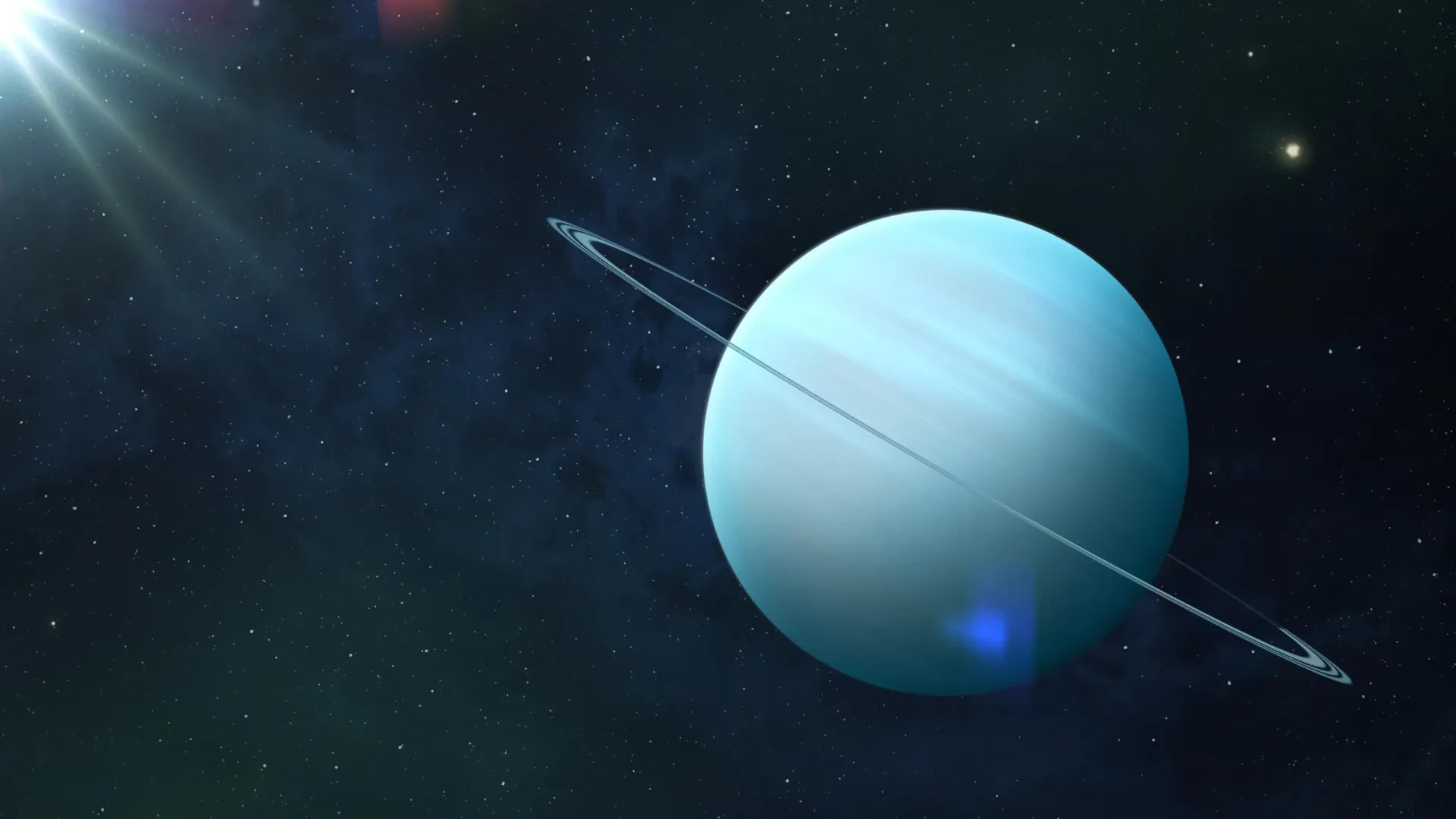The European Space Agency has inaugurated a new 35-meter deep space antenna in Western Australia, significantly boosting its ability to communicate with distant spacecraft exploring the Solar System, including missions to Jupiter and Mercury.

October 6, 2025

Source:
European Space Agency
Expanding Europe’s Reach into the Cosmos
The European Space Agency (ESA) has officially inaugurated a new 35-meter deep space antenna, enhancing Europe’s capacity to communicate with spacecraft exploring the farthest reaches of our Solar System. The new antenna, named New Norcia 3, is located at ESA's ground station in Western Australia, approximately 115 km north of Perth.
This installation marks a critical expansion of the agency's Estrack ground station network, designed to meet the increasing data demands of complex science missions.
Advanced Technical Capabilities
New Norcia 3 is equipped with state-of-the-art technology to detect faint signals from billions of miles away. Key features include:
Cryogenically cooled receivers: This technology cools the antenna's systems to extremely low temperatures, significantly boosting its sensitivity to weak signals.
High-power transmission: The antenna can send powerful commands to distant and sophisticated spacecraft.
These advancements ensure that Europe can maintain reliable contact with its interplanetary probes, downloading huge volumes of vital scientific data.
Keep up with the story. Subscribe to the PR+ free daily newsletter

Source:
ABC News
Supporting Critical Interplanetary Missions
The new antenna is already tasked with supporting some of ESA’s flagship exploration missions. Its powerful capabilities are essential for ensuring mission success and maximizing the scientific output from these complex endeavors.
Primary Missions Include:
JUICE: The Jupiter Icy Moons Explorer, which is on an eight-year journey to study Jupiter and its ocean-bearing moons.
BepiColombo: A joint mission with the Japan Aerospace Exploration Agency (JAXA) currently orbiting Mercury.
Solar Orbiter: A mission providing unprecedented close-up views of the Sun.
A Boost for European Space Independence
The project is a significant step towards European autonomy in space exploration. It strengthens ESA’s ability to command, control, and receive data from its probes without depending on non-European ground infrastructure.
ESA Director General Josef Aschbacher emphasized the antenna’s role in “maximizing the scientific return from European missions by ensuring robust data delivery from distant spacecraft.”
Read More

Source:
X
Share this news:




















